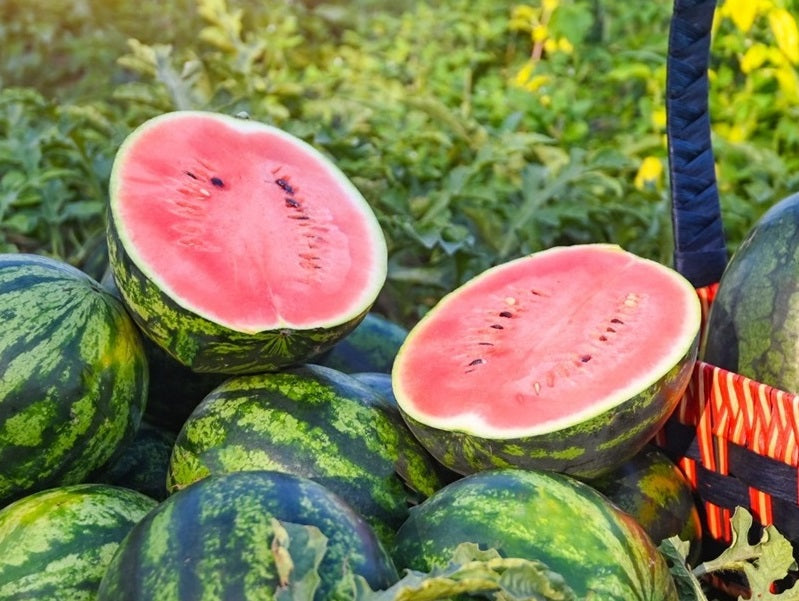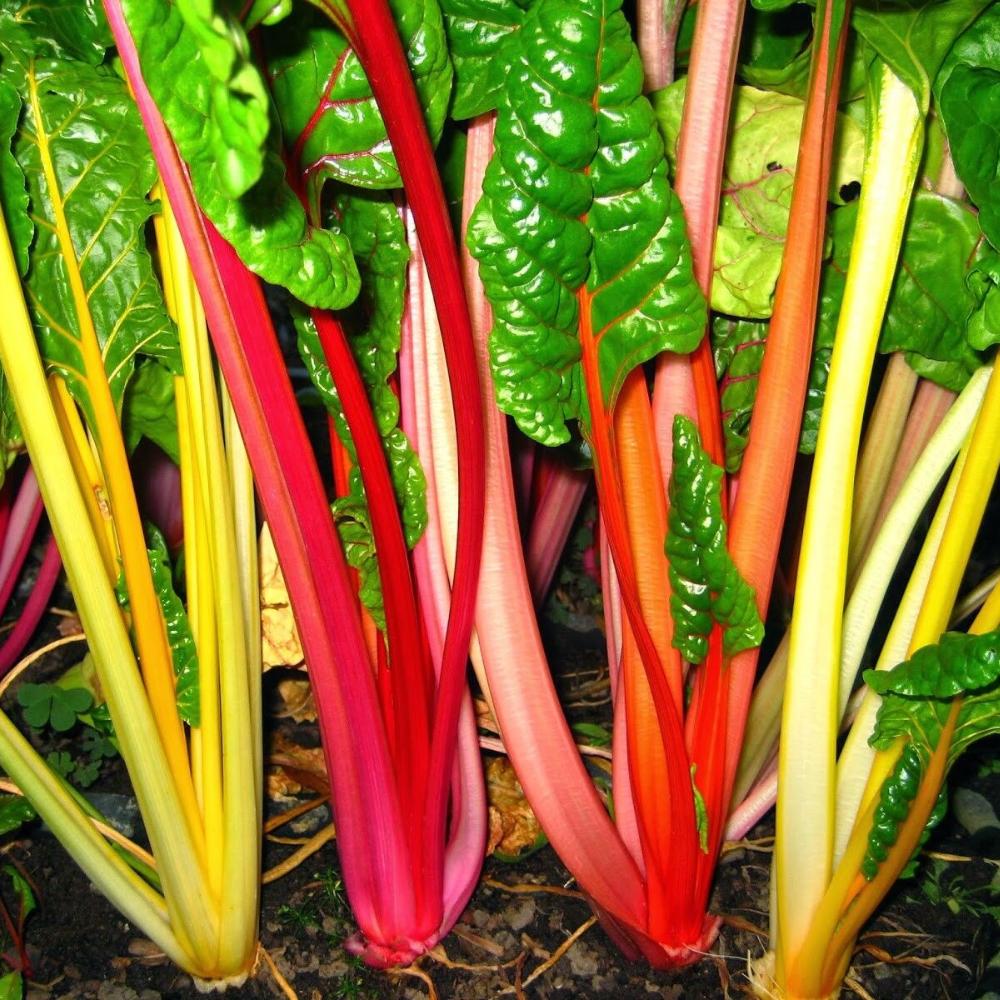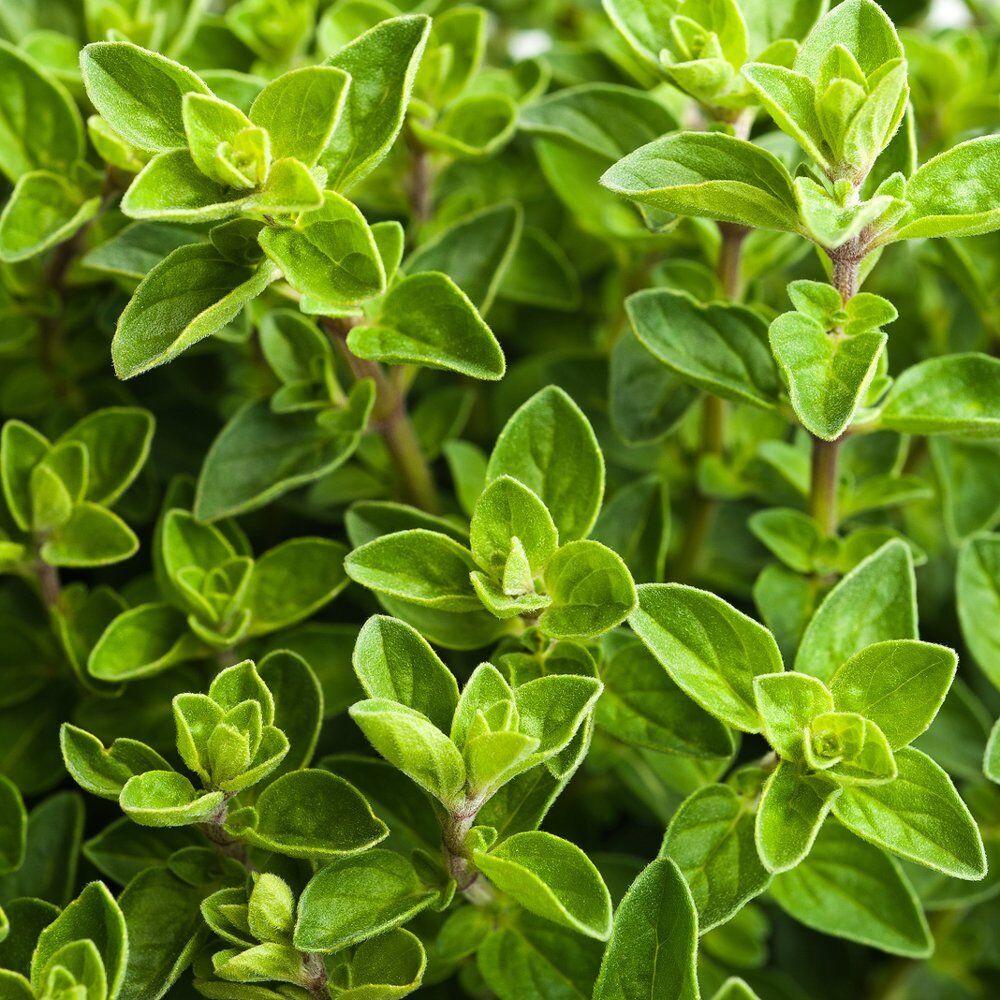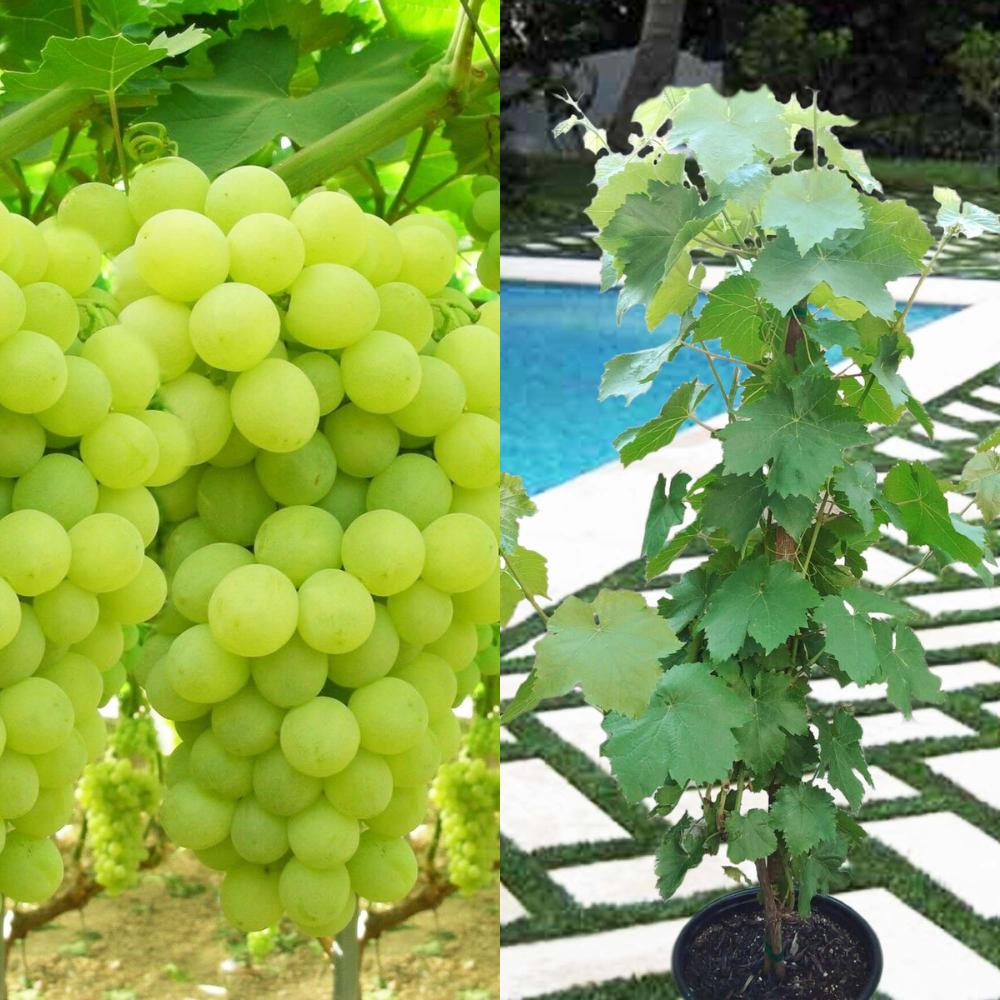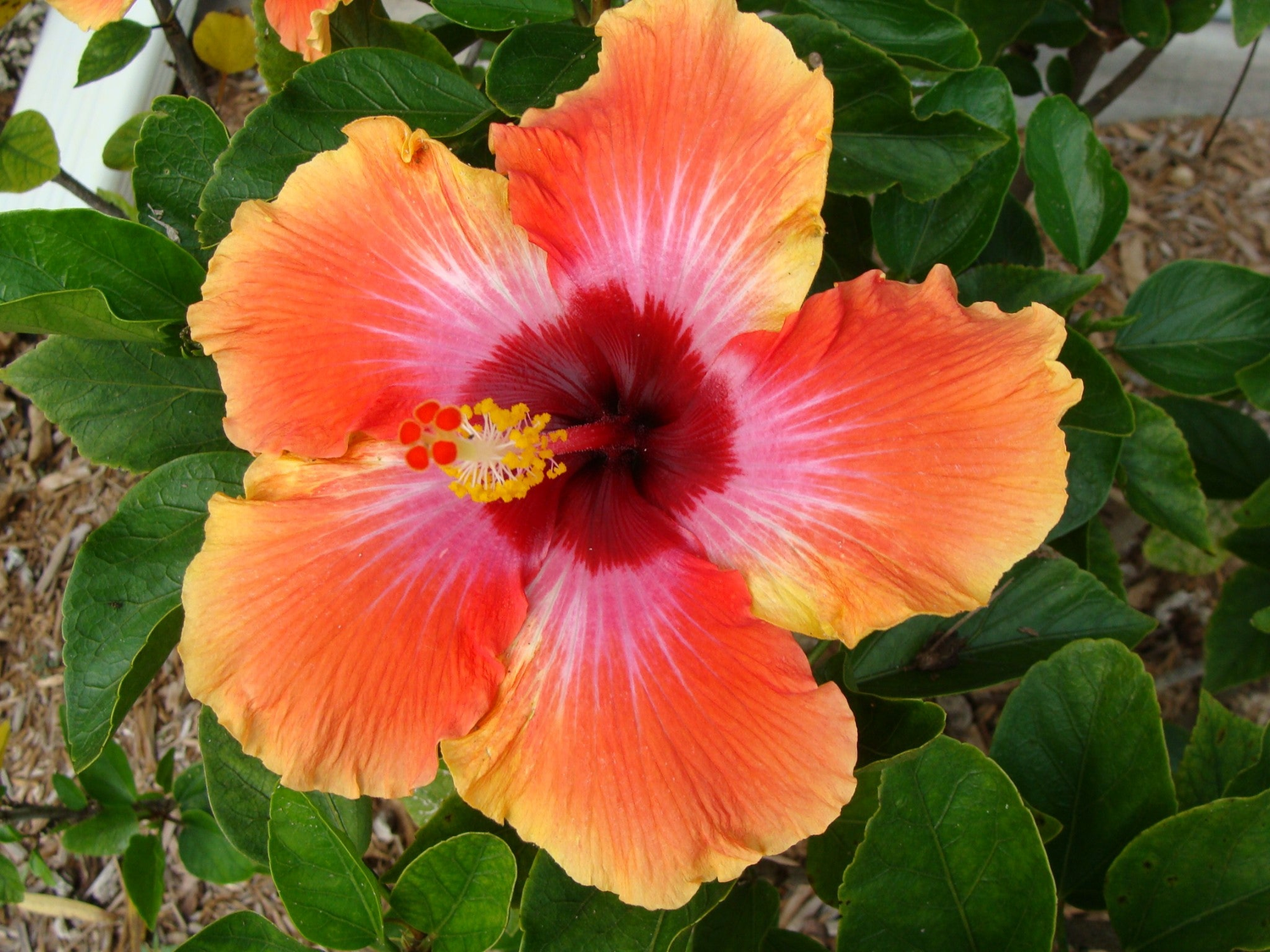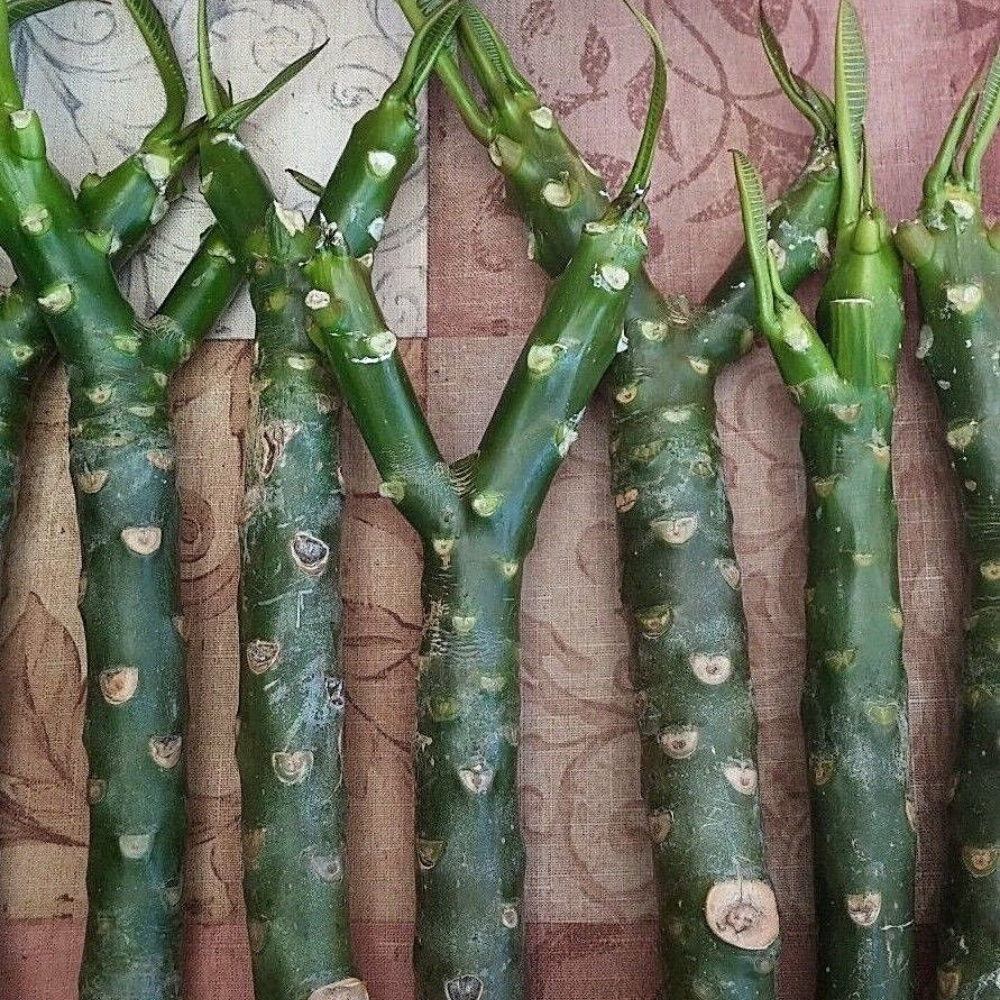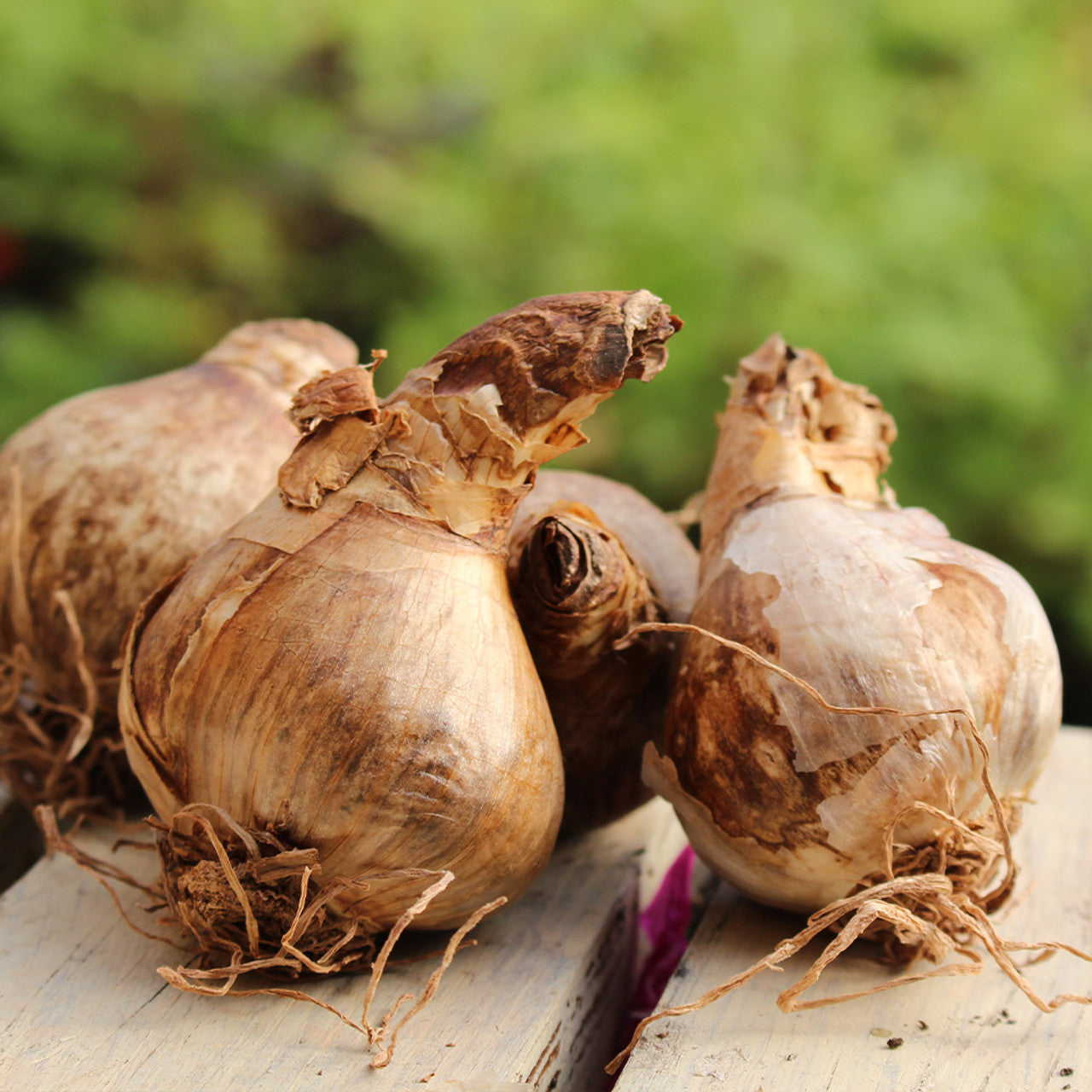When it comes to selecting a striking evergreen for your garden or landscape, the Abies Magnifica Silvertip Fir should be at the top of your list. Known for its towering height, unique silver-green needles, and adaptability, the Silvertip Fir (Abies Magnifica) is one of the most awe-inspiring conifers in North America. Whether you're a gardener looking for an elegant tree or a landscaper seeking a hardy, long-lasting specimen, the Silvertip Fir promises to deliver. In this guide, we’ll explore the distinctive features, benefits, and care requirements of the Abies Magnifica Silvertip Fir, ensuring you’re equipped with everything you need to grow this magnificent tree.
What is Abies Magnifica Silvertip Fir? The Abies Magnifica, also known as the Silvertip Fir, is a species of fir tree native to the high-elevation forests of the Sierra Nevada mountains in California and parts of Oregon. It can grow up to an impressive 200 feet tall in its natural habitat, but in landscaping settings, it is typically kept smaller to fit garden spaces. With its striking silver-tipped needles and conical shape, Abies Magnifica offers a sophisticated appearance, making it a popular choice for reforestation efforts and ornamental purposes.
Why Choose Abies Magnifica Silvertip Fir for Your Landscape? There are many reasons why Silvertip Fir trees are a fantastic choice for landscaping and environmental restoration:
- Aesthetic Beauty: One of the main draws of Abies Magnifica is its stunning visual appeal. The silvery-blue needles give the tree a unique and elegant look that contrasts beautifully with other foliage.
- Hardiness: Abies Magnifica is well-suited to cooler climates, making it an ideal choice for mountainous or high-altitude areas. It’s known to thrive in USDA hardiness zones 4 to 7, and can withstand heavy snowfall and harsh winters.
- Wildlife Benefits: Silvertip Fir trees provide shelter and food for local wildlife, including birds and small mammals. Their dense canopy offers excellent protection from the elements, making them an important part of the ecosystem.
- Environmental Contributions: As an evergreen, Abies Magnifica offers year-round carbon sequestration, helping to mitigate climate change by absorbing carbon dioxide from the atmosphere.
How to Grow Abies Magnifica Silvertip Fir Trees Growing Abies Magnifica Silvertip Fir trees can be a rewarding experience for gardeners and nature enthusiasts. Follow these steps to successfully grow your own majestic Silvertip Fir:
1. Select the Right Location: Abies Magnifica trees prefer cool, moist, well-drained soil and thrive in areas with full to partial sunlight. Choose a spot with enough space for the tree to grow, as they can reach impressive heights in the right conditions.
2. Planting Tips: Start with a young sapling or Silvertip Fir seeds if you prefer to grow from scratch. If using seeds, cold stratification is essential. Place the seeds in a refrigerator for 30 to 60 days before planting to mimic the cold winter conditions they need to germinate.
3. Soil Requirements: These trees prefer slightly acidic to neutral soil (pH 5.5–6.5) rich in organic matter. Avoid waterlogged conditions, as Abies Magnifica doesn’t tolerate excessive moisture around its roots.
4. Watering Needs: While young Silvertip Fir trees require regular watering, mature trees are quite drought-tolerant once established. Be sure to water deeply during dry periods, but avoid overwatering.
5. Mulching: Adding a layer of mulch around the base of your Abies Magnifica tree will help retain moisture, suppress weeds, and regulate soil temperature, which is essential for optimal growth.
Caring for Your Abies Magnifica Silvertip Fir After your Silvertip Fir is established, it’s relatively low-maintenance but still requires some care to thrive:
- Pruning: Regular pruning helps maintain the tree’s shape and remove any dead or damaged branches. It's best to prune Abies Magnifica trees during late winter or early spring before new growth begins.
- Fertilizing: While generally low-maintenance, an occasional dose of balanced fertilizer can help promote healthy growth, especially for young trees.
- Pest Management: Silvertip Fir trees are generally pest-resistant, but keep an eye out for insects like aphids or scale. If you notice any signs of infestation, treat with organic pest control methods to avoid harming the tree.
Common Issues with Abies Magnifica Silvertip Fir While Abies Magnifica is a hardy tree, there are a few potential challenges to be aware of:
- Root Rot: This tree can be susceptible to root rot if planted in poorly-draining soil. Ensure that the soil is well-drained and that the tree is not sitting in standing water.
- Needle Drop: It’s normal for older trees to shed their inner needles, especially in the fall, but excessive needle loss could indicate stress or disease.
- Pests and Disease: While pests rarely cause significant harm, Silvertip Fir trees can occasionally suffer from fungal diseases like root rot or rust, which typically affect older trees.
Conclusion
The Abies Magnifica Silvertip Fir is a majestic, versatile evergreen that adds elegance and environmental benefits to any landscape. Whether you are looking to plant it for aesthetic appeal, to create a wildlife-friendly environment, or for its role in carbon sequestration, this stunning tree is an excellent choice. With proper care and attention, your Silvertip Fir tree will thrive for many years, providing beauty and benefits to your landscape.
Get Started with Abies Magnifica Silvertip Fir Today Ready to add a Silvertip Fir to your yard or landscaping project? Whether you’re buying young trees or seeds, ensure you source your Abies Magnifica from a trusted supplier. With proper care and the right growing conditions, you’ll soon enjoy the beauty of this majestic evergreen in your own backyard.



